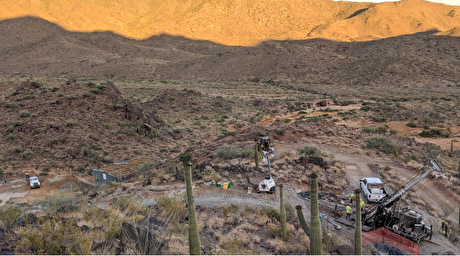
Viewpoint: India's LPG demand dip to linger
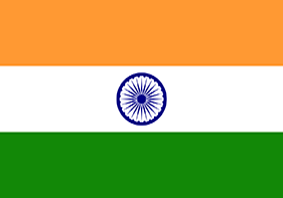
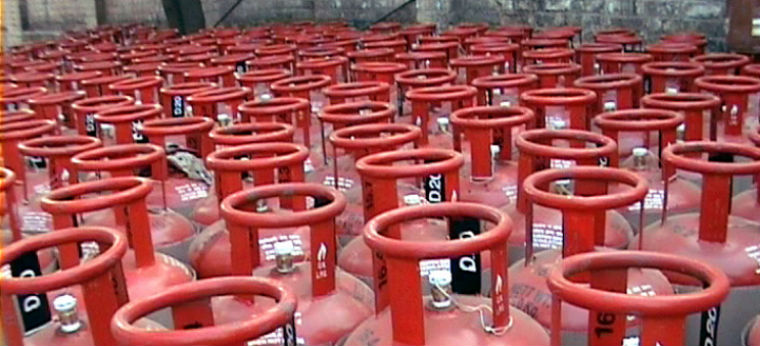
India's LPG demand fell by around 8pc in November 2018 from a year earlier, the first year-on-year fall in more than five years to 1.842mn t, and down from 2.065mn t in October, the lowest since May 2017, according to preliminary oil ministry data.
The dip came despite the government giving a greater emphasis to the Pradhan Mantri Ujjwala Yojana (PMUY) subsidy programme in 2018, aiming to boost the number of beneficiaries to 80mn low-income households by March 2021 from 50mn previously with a budgetary allocation of 128bn rupees ($1.8bn).
The BJP federal government has claimed that since it came to power in 2014 it has increased the coverage of LPG to 90pc of households from around 55pc. The government has given subsidised LPG supply connections to 125mn households in the past four years, of which more than 58.3mn new households as of 5 December were PMUY beneficiaries. Of the 26mn new domestic customers enrolled by state-controlled oil companies during April-September 2018, 20.4mn or 78pc were from the PMUY scheme. There were 247.2mn households using LPG as of 1 October.
But despite such efforts to popularise the fuel, and weaning rural households off polluting firewood, demand is below expectations. Demand increased by 6pc to 22.1mn t during January-November from 20.8mn t a year earlier.
Demand at 23.3mn t in the 2017-18 fiscal year ending 31 March rose by 8pc from 21.6mn t a year earlier. Demand in the last four years rose by a cumulative 29pc to 23.3mn t in 2017-18 from 18mn t in 2014-15, proportionately lower than a 65pc increase in LPG coverage during the period, even after accounting for some LPG users switching to rival compressed natural gas supplies in cities. Demand for LPG during April-November at 16mn t averaged 2mn t a month compared with a 1.9mn t average a year earlier.
India's oil ministry revised down its LPG demand forecast for the 2018-19 fiscal year ending 31 March by 3.4 percentage points. India's LPG demand is now expected to grow by 5.6pc in 2018-19 against a 9pc forecast made earlier in the year. LPG demand is expected to grow to 24.65mn t in 2018-19 from 23.3mn t a year earlier and compared with a previous forecast of 25.45mn t.
Demand will rise by an average of 2pc/yr to 30.3mn t by 2025 and 40.6mn t in 2040 because of an expansion in India's city gas network, according to the ministry.
Higher prices hurt
Two key factors have contributed to demand not keeping pace with expansion of LPG coverage, namely higher prices and a direct benefit transfer programme (DBT) to distribute subsidies. Record LPG rates have hurt refills. State-owned oil company officials claimed that the refill rate of PMUY beneficiaries is three to four cylinders a year compared with an average of seven a year for non-PMUY users. Industry participants place the refill rate at only one to two cylinders.
PMUY is critical to growing demand because an increase in coverage was driven by rural low-income consumers. Each household is eligible for up to 12 subsidised LPG units of 14.2kg a year, which are predominantly used for cooking.
More than 231mn LPG users are enrolled in the DBT scheme where the government transfers subsidies directly into the bank account of customers. Previous governments used to supply LPG cylinders at subsidised rates but the BJP government supplies units at market prices and transfers the subsidy amount into the bank accounts. This has helped curbed diversion of the fuel and generated savings of Rs500bn, according to the oil ministry.
But prices of domestic LPG, both subsidised and non-subsidised, have increased to record levels. India raised the price of subsidised 14.2kg LPG cylinders in Delhi to a record Rs505.34 in November from Rs502.40 in October because of changes in international prices, taxes and foreign exchange volatility, state-controlled refiner IOC said. Prices of non-subsidised LPG cylinders, which are linked to market rates, were increased by 6.8pc to Rs939 for November from Rs879 in October.
The DBT scheme, which requires households to pay market rates and then wait for oil companies to transfer the subsidy into their bank accounts, has also slowed the refill rate. Beneficiaries of PMUY are typically rural women, lower castes and tribal users that fall below the poverty line. A typical rural household has an average daily income of Rs150-250.
A LPG cylinder at current rates costs Rs1,000. PMUY beneficiaries are unable to pay the market rate, secure the cylinder and wait for the subsidy to be deposited in their bank accounts. PMUY only subsidises a portion of the upfront costs for the cylinders, with the rest deducted from the subsidy they get on their refills. So the DBT and high prices has prompted poorer households to switch back to firewood.

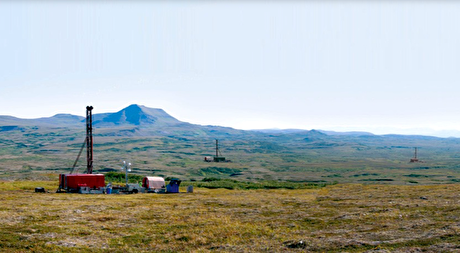
Northern Dynasty in talks to settle EPA litigation, shares hit 5-year high
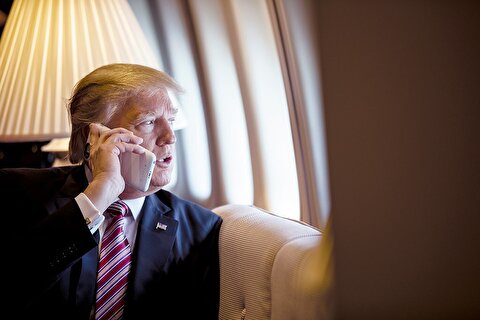
Gold price retreats to one-week low on US tariff delay

China Rare Earth Group says executive moves at listed unit won’t affect operations

US couple could face trial over gold bars missing from 18th Century sunken ship

Royal Gold to acquire Sandstorm, Horizon in $3.7B deal
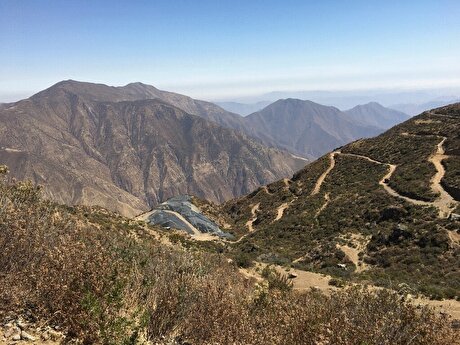
Lupaka Gold skyrockets on arbitration win against Peru

Torngat Metals’ rare earths project revival aims to create ‘a new industry in Canada’ CEO says
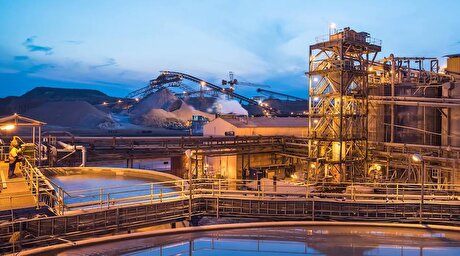
Mali to sell $107M in gold from Barrick to fund mine restart
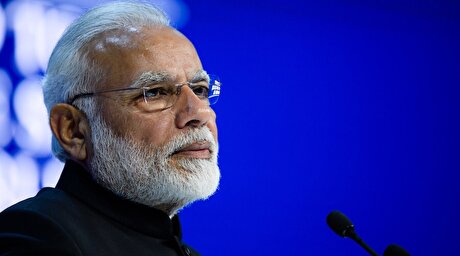
Critical minerals to top Modi’s agenda in five-nation tour
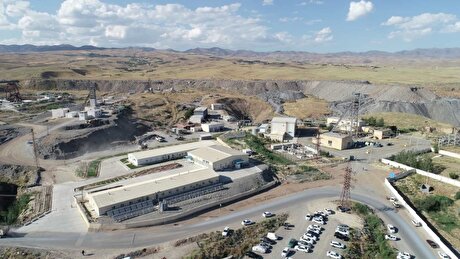
Navoi saw first half output value double on higher gold prices

Fatalities rise for second year in global mining sector

Taseko more than doubles value of Yellowhead project near Gibraltar
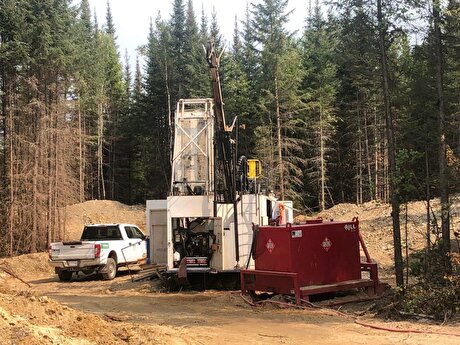
McFarlane Lake expands portfolio with $22M buy from Aris
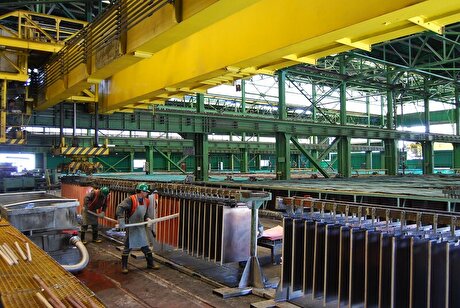
Smelter mishap stokes shutdown push at Codelco

Copper output at Ivanhoe’s Congo mine jumps in second quarter
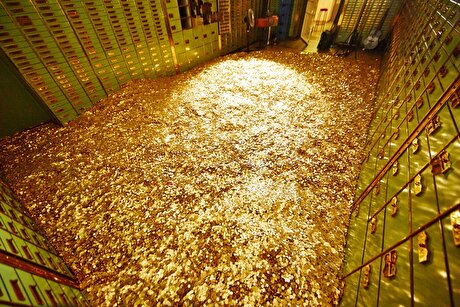
Gold ETFs drew largest inflow in five years during first half of 2025, WGC says
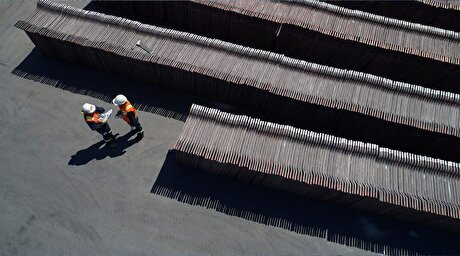
Glencore to sell Philippine copper smelter to Villar family

Mali to sell $107M in gold from Barrick to fund mine restart
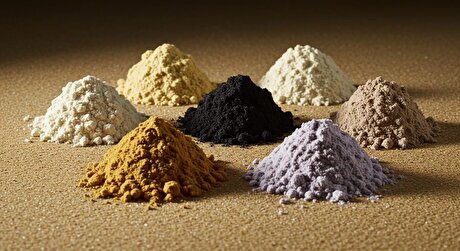
EU prepares to stockpile critical minerals in case of war: FT

Navoi saw first half output value double on higher gold prices

Fatalities rise for second year in global mining sector

Taseko more than doubles value of Yellowhead project near Gibraltar

McFarlane Lake expands portfolio with $22M buy from Aris

Gold ETFs drew largest inflow in five years during first half of 2025, WGC says

Mali to sell $107M in gold from Barrick to fund mine restart

EU prepares to stockpile critical minerals in case of war: FT
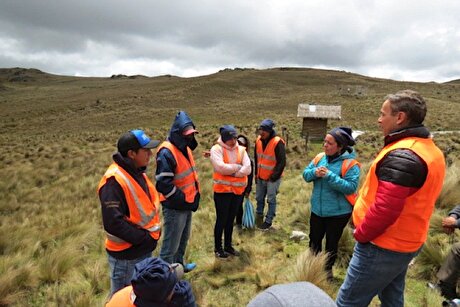
Dundee receives environmental OK for underground gold project in Ecuador
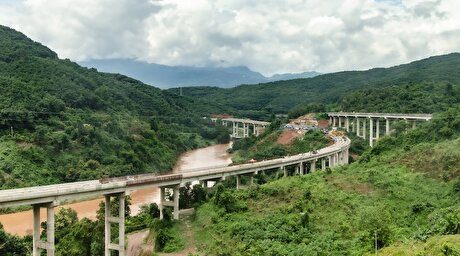
China’s mining investment sets new record












